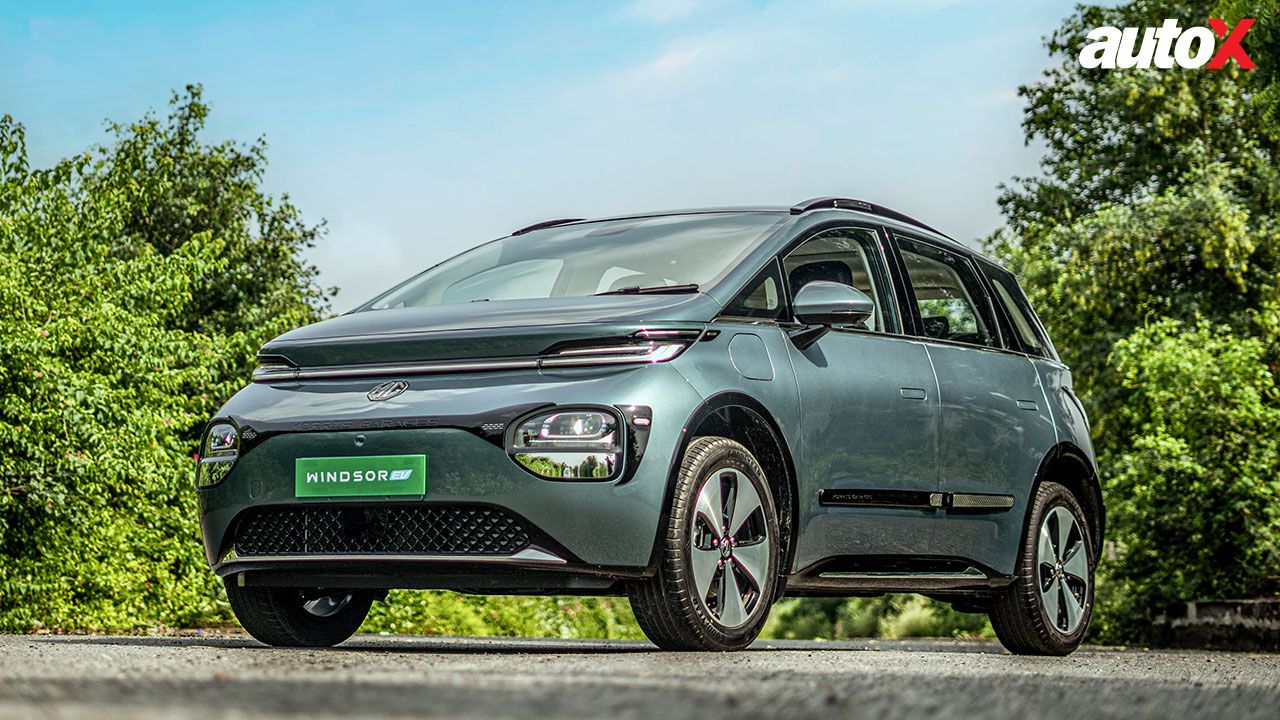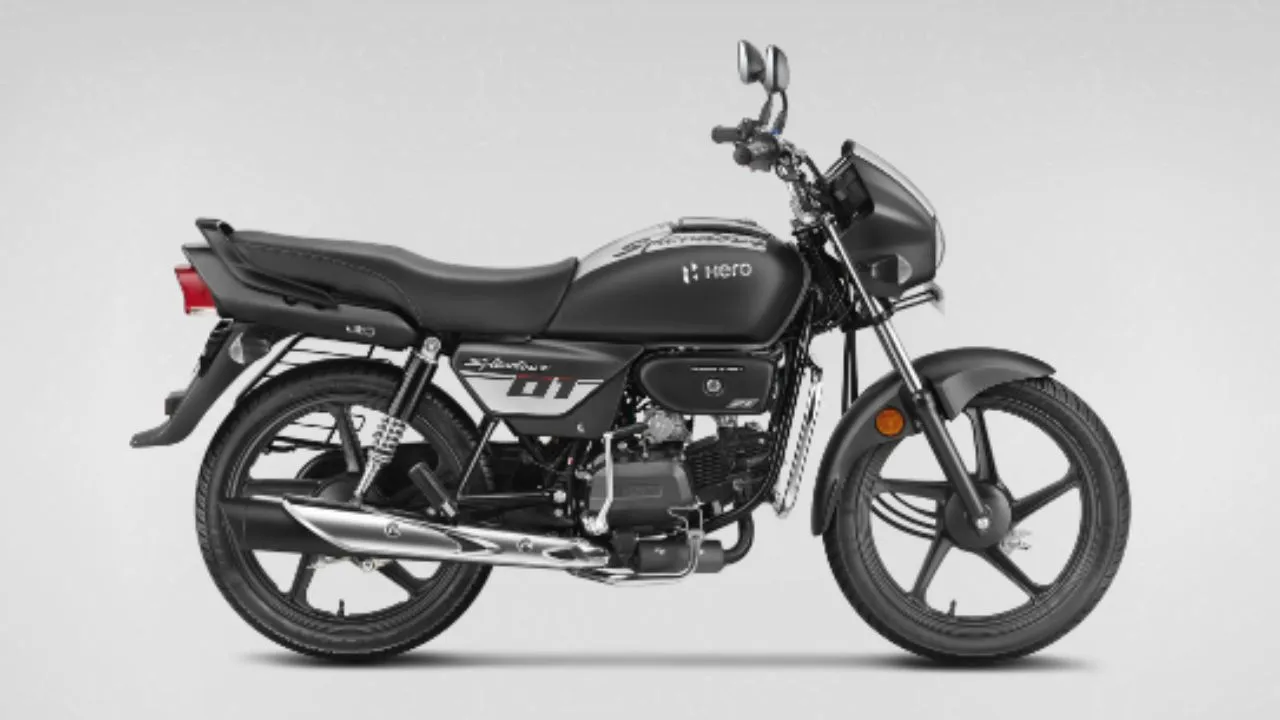Hyundai Santa Fe, Ioniq 5 N Driven in South Korea: New-Age Hyundais!
Hyundai wanted to showcase two cars that they are really proud of, and also, cater to different markets differently and so we were in Seoul, driving the Santa Fe and the Ioniq 5 N.

One of the perks of our profession is that occasionally we get to drive cars that would normally not be available in India. My recent trip to South Korea was exactly one of these where we were sampling cars that reflect the top-tier of cars that Hyundai makes, but, which, unfortunately are not available in India – well not as of now at least, but more on that later. Hyundai wanted to showcase two cars that they are really proud of, and also, cater to different markets differently and so we were in Seoul, driving the Santa Fe and the Ioniq 5 N. This was just after the Ioniq 5 N’s global media drive, so when I read some of the reviews, I was pretty excited to see what the Ioniq 5 N would offer.
Hyundai Santa Fe: Steadfast Staple
As the luck of draw would have it, on the first day of our drive, I was allocated the Santa Fe and that was my first drive. Now, if you remember, the Santa Fe has been sold in India in the past, I remember having one for a long test in 2014 which I took on a long journey and absolutely loved it. Sure, it could be slightly stiffer and could have better steering feel, but with its torquey engine and acres of space, it was a very reliable and practical tool. Another thing that Hyundai has been playing with very extremely, of late, has been the styling of their products. They’re engaging in a much more edgy design language and in my view, this produces products that you either love or loathe. For example, I think the Ioniq 5 in itself is a phenomenally designed product. Whether it’s the proportions, or the detailing, it looks stunning and one-of-a-kind. The Santa Fe, on the other hand, I’m not that fond of. I think parts of the Santa Fe’s styling is quite ungainly, particularly the real tailgate that I don’t like at all. But another thing I did realize in Korea looking at various Santa Fe configurations is that how the SUV looks also depends on the colour and wheels you pick. I’m of the opinion that the Santa Fe looks much nicer in lighter colours and that masks its design flaws a lot better than the darker colours do. But then again, design is a very personal thing and what I might not like, might be loved by people in the US, so that’s something to keep in mind.

However, what I cannot disagree with is that with its large size, three-rows of seating and acres of space inside the SUV, it does what it is supposed to do. On top of the space, as you would expect from a Hyundai, the Santa Fe also gets a ton load of features and feels very rich inside. The build quality is excellent, and all the fitments feel top grade. In fact, some of the darker colour interiors available to us in the test fleet look really nice and the seats were American sized – meaning they were large and extremely comfortable. Driving wise, since it’s mainly aimed at the US market, the Santa Fe now only gets petrol or hybrid options, which is perhaps a downside for the Indian market. But, with its torquey motor and refined driving dynamics, it actually makes for a competent large SUV. Would it work better with a diesel option in India, perhaps, but with regulations tightening and consumer preferences also evolving, investing in diesel engines for the future makes no sense for automakers. Hyundai, unofficially, is not ruling out getting the Santa Fe to India – it makes a better business case for itself now – the acceptance of much more expensive Hyundai vehicles is much better than it was ten years ago, but it looks like it will take another couple of the years before the SUV could make it to India – also on account of no spare manufacturing capacity in India – something that is being remedied by acquiring the new plant in Talegaon.

Hyundai Ioniq 5 N: Eye Opener
While the Santa Fe was a nice experience, the real eye-opener for us was the Ioniq 5 N. Globally, Hyundai has taken great leaps with its N brand of products, which with its combination of performance, styling and details have stood out and have been acclaimed all over the world over for being performance cars that are available at a great value. Obviously, this has also worked wonders for the brand, giving it access to the enthusiasts’ community, which is always a great brand building exercise. The Ioniq 5 N takes this to the next level, in my opinion, purely from a matter of what a concept it is and how it has been executed. Now, to give you some background, I’ve been driving EVs for many years now, and most of the time after driving an EV, my thought process has been about how non-engaging they are to drive. Sure, there are benefits, such as the ultra-low running costs amongst other things, but if you’re an enthusiast and a keen driver, EVs don’t really speak to you. Sure, the instant torque hit is fun once you start driving them, but the thrill gets a bit thin after a few days.

In this case, Hyundai’s N division has gone the whole mile and completely changed how an EV drives with the Ioniq 5 N. What the boffins have done is give the Ioniq 5 N driving modes that mimics what it is like to drive a 2.0-litre turbo petrol car, complete with gear shifts like a dual-clutch gearbox would give you, and even a redline to the rpm! While it is already fast enough, in this version the Ioniq 5 N gets 641bhp and bucketloads of torque. On top of that, the Ioniq 5 N has been gives visual and aerodynamic modifications that match the performance and help you drive faster whether you are at the track or on the road. All of these additions mean that the Ioniq 5 N now goes from 0-100 in just 3.4 seconds and can hit a top speed of 260km/h.

But how does it feel when you actually drive it on the road? Well, to be honest, when you’ve engaged the normal driving modes, the Ioniq 5 N feels like most other EVs – fast, extremely quick and silent. But, even on Korea’s fairly good roads, you could immediately tell that this is very close to a race machine and the suspension setup makes you feel every bump and expansion joint in the road. However, all of that changes when you engage the N mode on the Ioniq 5 N. Suddenly, the machine changes character and you have – if you didn’t know that it’s an EV – a sports car in your hands. Mimicking a petrol engine machine, the Ioniq 5 N’s powerplant bounces off a redline if you don’t upshift quickly enough and feels really engaging to drive. Sure, the fake engine sound is not to everyone’s taste, but it really changes the way you look at EVs and how they drive. The steering is super quick, the brakes ultra-responsive, and just having the feeling and experience of driving what could be a petrol engine car with redlines, exhaust sounds and even pops and bangs on the uplift, transforms your EV driving experience. Is it perfect? No, I think it’s a bit too stiff for Indian roads and probably the sound could be a bit better. But, effectively, despite having driven the best EVs from the most illustrious brands in the world, I will say this is the most engaging EV I’ve ever driven, and one that I won’t mind driving every day. In fact, I’ll go as far and say that this is a major leap in the EV tech industry, improving the driver engagement, rather than just focusing on having the biggest screens you can equip your cars with. The bad news though, is that the Ioniq 5 N is very unlikely to make it to India, which is a shame, because it will genuinely change the EV driving experience for customers, especially enthusiasts.













.webp)






Write your Comment on